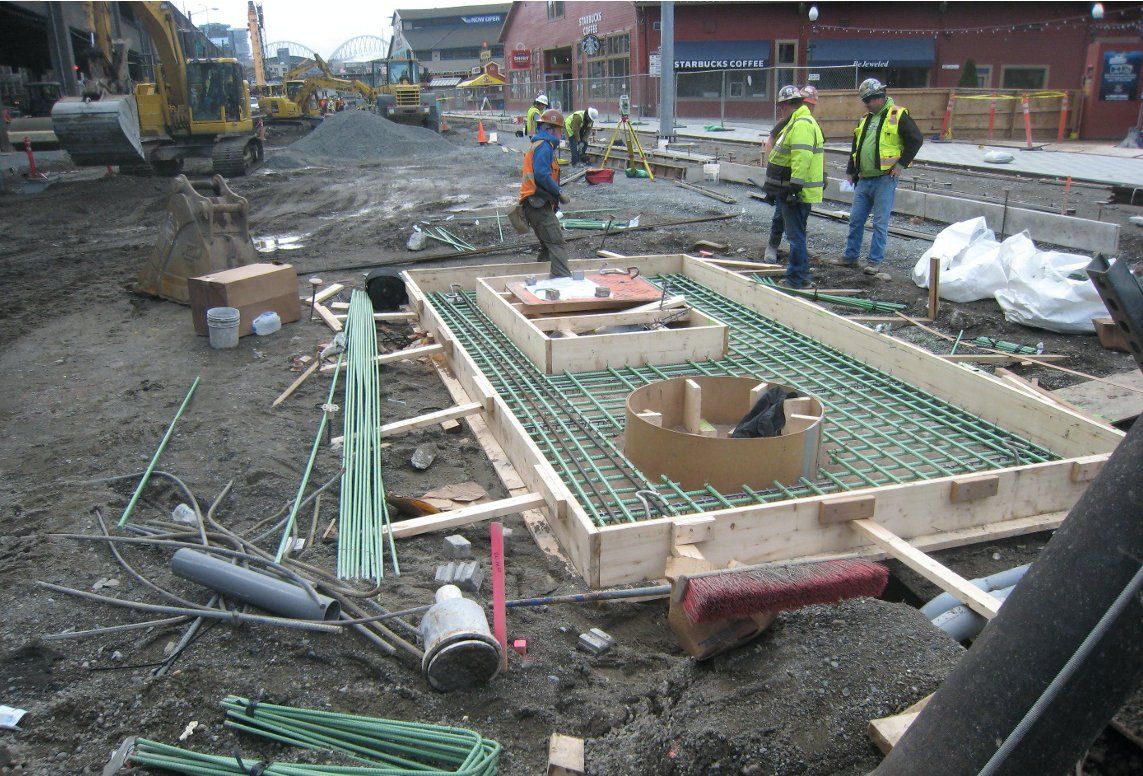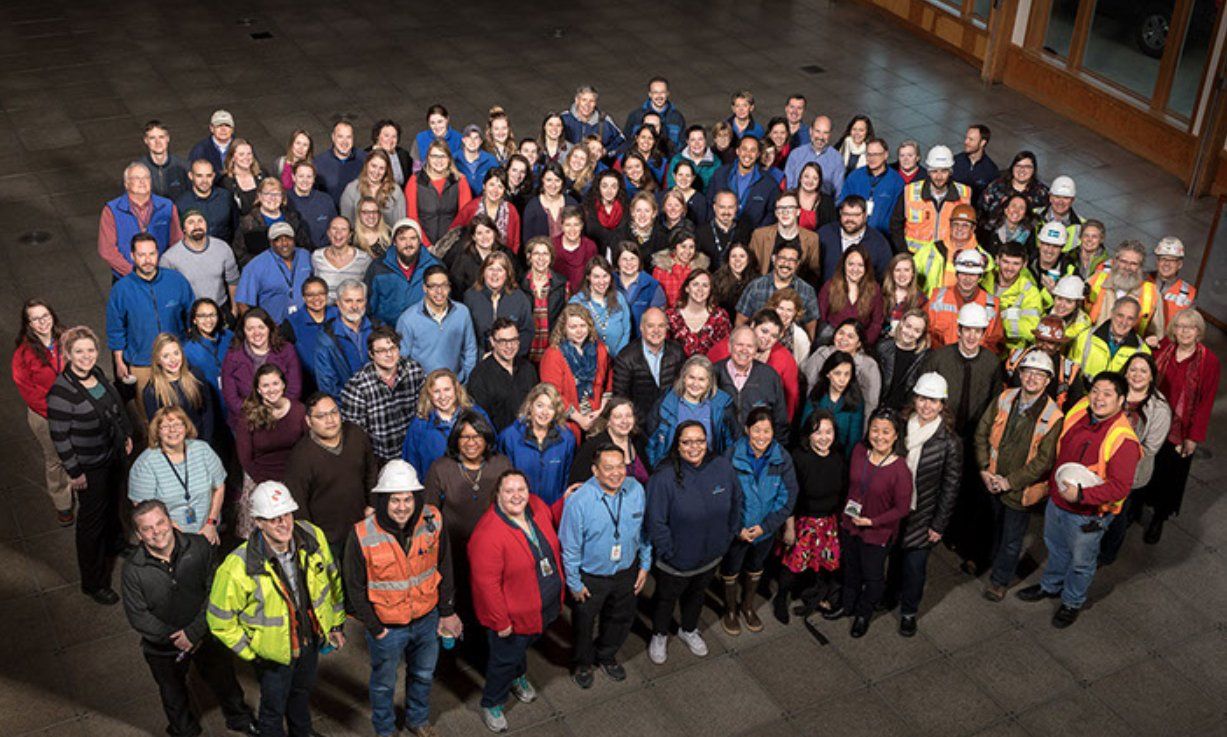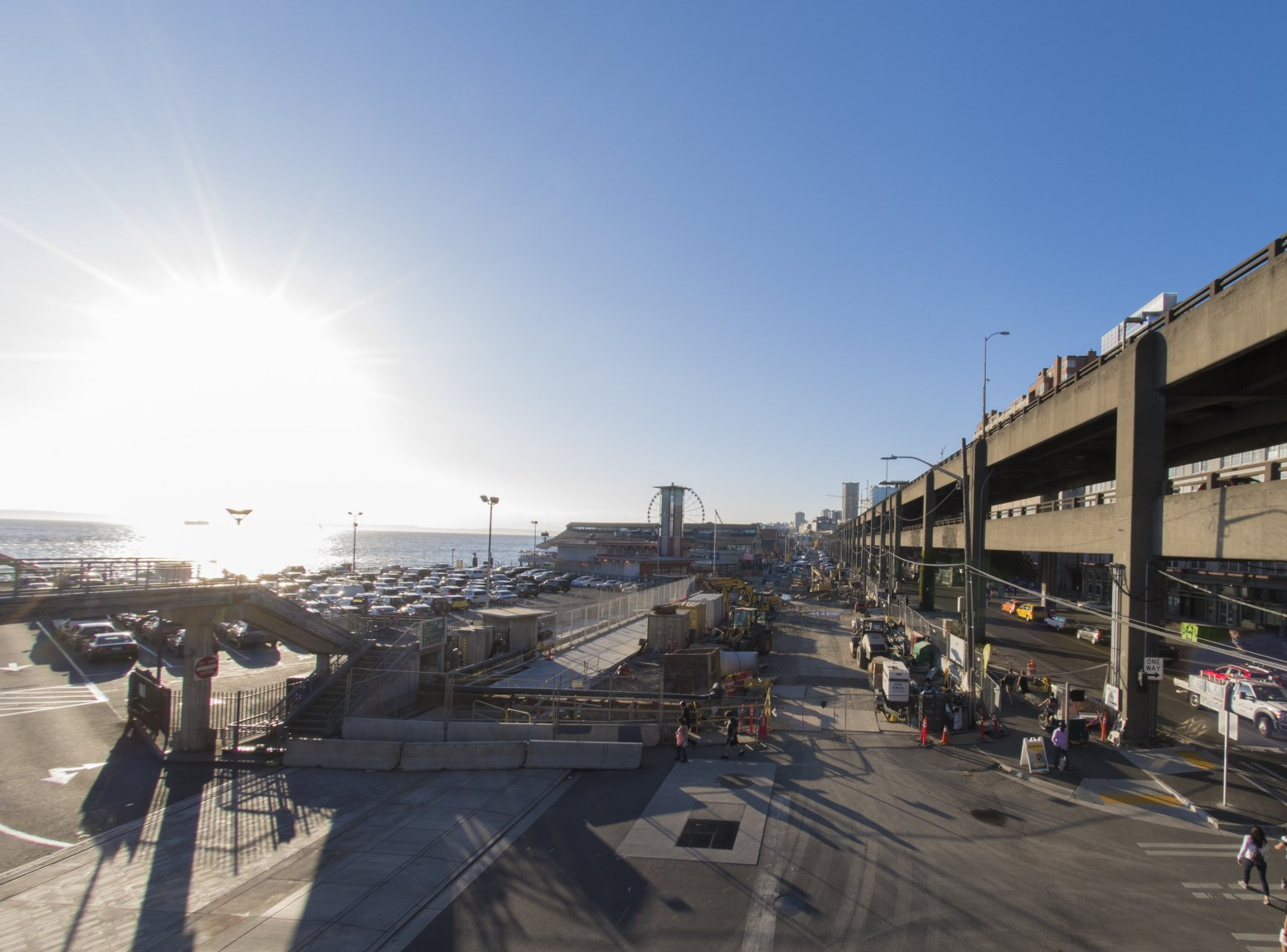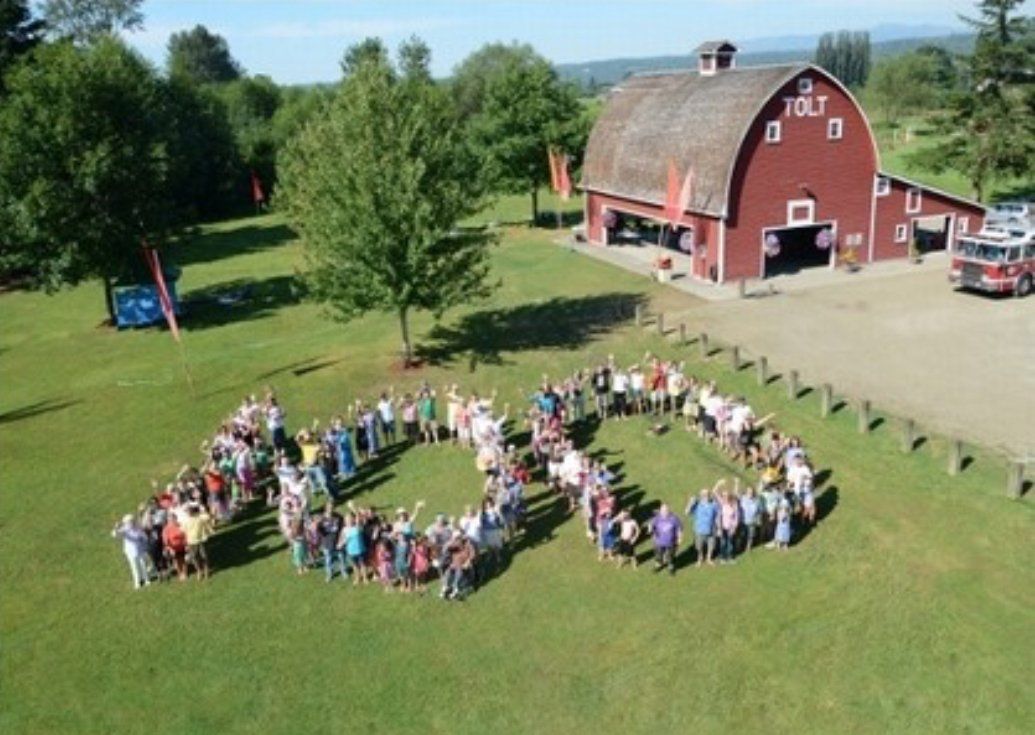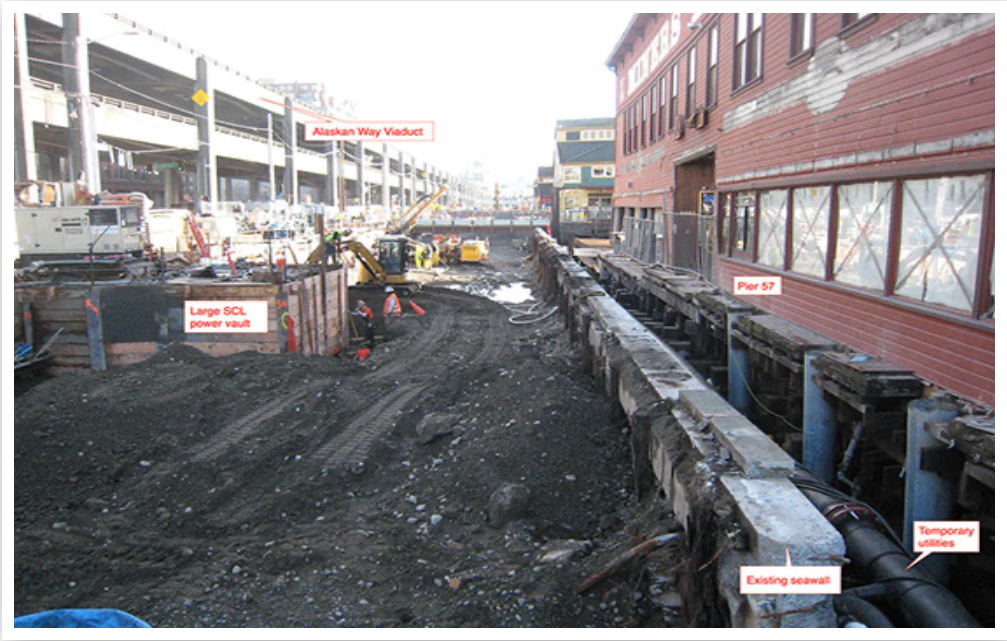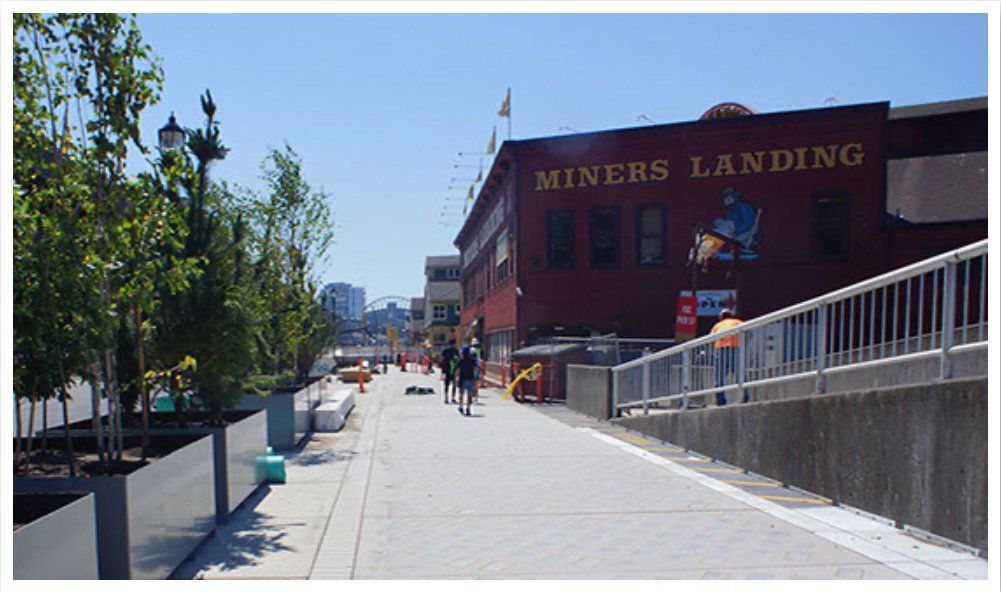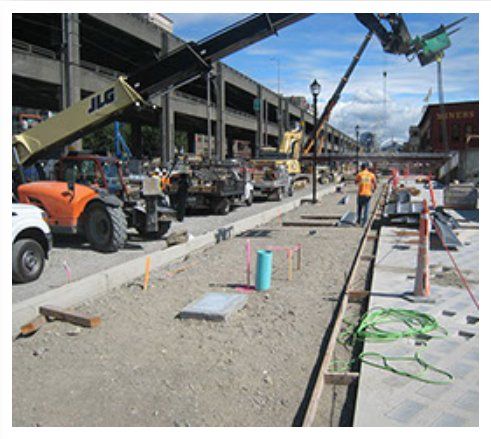Creativity x (Alignment + Execution) = Funding Connection
Creativity x (Alignment + Execution) = Funding Connection

Here’s a story about a funding win that helped public agency leaders solve a desperate situation. It took a little creative thinking about source strategy, but it was the meticulous focus on alignment with funding agency goals and outstanding execution that really brought it home.
Back in 2006, Southwest Suburban Sewer District (SWSSD) in Burien, Washington was faced with a dilemma. The Evergreen Heights community within SWSSD’s service boundary, just south of Seattle city limits, was an economically disadvantaged residential “island” surrounded by public sewers, but still served by private septic systems. There were large numbers of septic failures and problems, with two homes condemned. These failures were polluting groundwater in an area designated by King County as both a Critical Aquifer Recharge Area and Area Susceptible to Groundwater Contamination. The problem was large and obvious. Groups of residents had tried to develop community consensus to install sewers for over 30 years. The situation escalated when over half of the residents in the area finally petitioned the SWSSD to provide sewers.
Unfortunately, the SWSSD had only enough funding available to cover 75% of the project. Help was needed to leverage funds and move forward. A two-phase plan was developed for area sewers. 50% of landowners in Phase 1 committed to pay their share. Almost 50% of landowners in Phase 2 were ready to connect and pay. The SWSSD committed to finance $1 million from its own funds, but needed another $325,000 to cover the total cost. Like many projects, this last piece was the crucial lynchpin.
Because of the public health risks and the home condemnations in a lower-income neighborhood, it occurred to me that Federal HUD Community Develop Block Grant funds might be a possibility. The downside was that I knew only a small fraction of CDBG funding is used each year for public improvement projects of this type.
The competition for CDBG funding is tough because you are up against senior centers, daycare centers, special education programs, community housing and other important programs that are chronically underfunded. You have to believe that your project is just as valid, even if it seems a little “outside the box”. Then you have to sell it to the reviewers based on their own agency goals and the return on investment. You can’t be timid.
This is where alignment and quality of execution made the difference. The first key to winning any grant is to establish and clearly show how your project is aligned with the goals of the funding agency. I knew it might be a long shot, but made a strong case to the SWSSD that the effort was worth the attempt. The foundation of the approach would be a solid illustration of exactly how the project would align with CDBG goals, including the following:
- Sewers would support development of affordable housing
- Consistency with the County Comprehensive Plan
- Direct benefit to public health and safety, as well as environmental health
- Leverage of other nearby projects (public housing redevelopment)
- The sustained benefit of this public improvement (over 100 years)
- Future community development vision
The SWSSD demonstrated its commitment to the project by initiating the design phase and putting its money up front. There was a real design ready to proceed when we submitted the application, not just an idea. The SWSSD had easements in hand; contract documents were drafted and the project was nearly ready for construction. All that was needed was the final funds and to include the funding requirements in the contract document.
SWSSD was awarded the entire grant request amount, which was very unusual for this pool of CDBG funds. The case we made was compelling and the reviewers agreed this project was perfectly aligned with their own goals. The SWSSD quickly completed the design and moved directly into construction, eliminating the public health problem and turning the health risk into a funding win and critically needed progress for a local community.
I think the big take away on this one was: Do absolutely everything possible to connect with the agency reviewer’s perspective.
This can be a challenge when members of your team have a very technical, perhaps less-than-expansive perspective about what the project represents. They may need help understanding the business and communications issues involved in funding acquisition. You’ve got to figure out how to help the team look at projects from a risk:opportunity or risk:benefit point of view, not just the engineering and technical. The agency reviewer doesn’t care much about pipe diameter, material specs or line and grade. They want to know how the project furthers their own goals, not the designer’s.
We put together simple maps, a clear and compelling presentation and an easy-to-digest handout listing the project benefits. We aligned our approach with CDBG goals and paid very close attention to the details. I suggest you do the same if you want to convince a funding source to give you money.
SHARE
COMMENT
